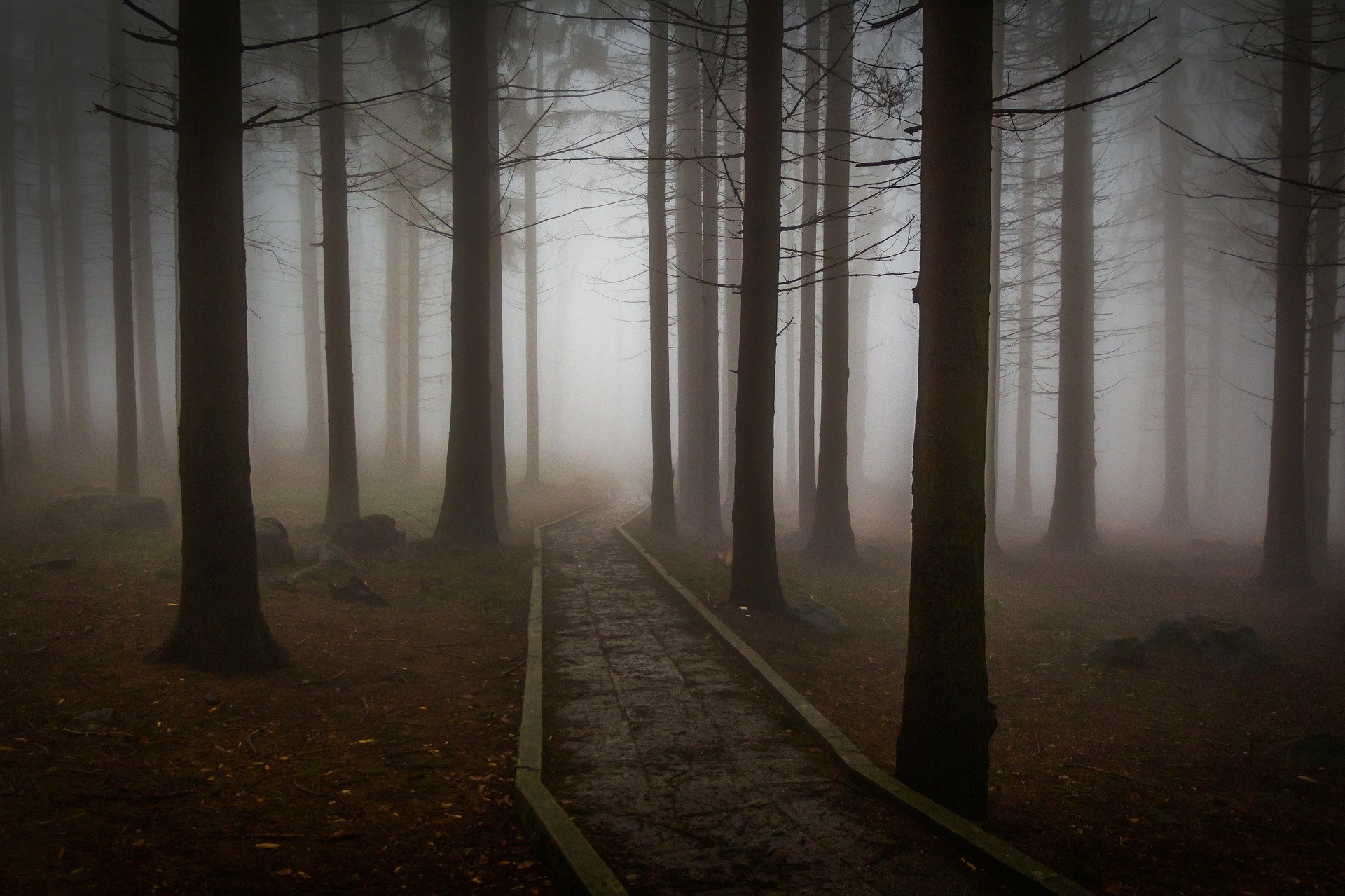Face fear because it can make us or break us. We can allow it to consume us. Or we can move in close to the truth. So close that its steamy breath closes in until we forget to breathe. We make a choice.
“Fear is a natural reaction to moving closer to the truth.”
Pema Chödrön
Fearlessness
We often encourage each other to face fear. Be fearless in the face of adversity. Those words have come from my mouth, many times. A slide in one of my presentations lists “fearless” as a key requisite for leaders.
But since I wrote those words, I have learned more about fear. This doesn’t mean I never experience the dread and anxiety of uncertainty. I’m no stranger to fear.
Nothing prepares a young mother for hearing the words of doctors.
“If he makes it through the next 48 to 72 hours…”
What does that mean? Then, for the next 48 to 72 hours, you wait. You lie awake imagining his small body. Tubes and wires encase him as he struggles for every breath. You fear the phone call. It never comes. He grows up. You have faced the worst and survived. Both of you survive.
So fearless? No, I confronted the demon, but I was in no way fearless. Elizabeth Gilbert never minces words and doesn’t think much of fearless. She differentiates between fearlessness and fear. We all encounter scary things.
“Fearlessness means not even understanding what the word scary means. If your goal in life is to become fearless, then I believe you’re already on the wrong path, because the only truly fearless people I’ve ever met were straight-up sociopaths and a few exceptionally reckless three-year-olds—and those aren’t good role models for anyone.”
Elizabeth Gilbert, Big Magic: Creative Living Beyond Fear
We Need Fear
Humans need fear. Fear kept our ancestors from certain death from predators. Without a healthy dose of fear, we would have found ourselves as the main dish for a hungry beast.
If fear is healthy, when does it begin to erode our well-being and send us into a swirl of doubt?
Two behaviors seem to emerge when fear becomes the driver of our actions.
- We become unable to do anything.
- We live in panic and do things that border on the irrational.
Neither option relieves us from worry and anxiety. The griping fear that tries to shake us to the core will not respond to either approach.
We cannot run from fear or hide from it. Every day presents new experiences, new opportunities to learn about ourselves. A scary world surrounds us. Learning creates tension between the known and the unknown. We don’t know what we don’t know. Even worse, sometimes we know we don’t know and that can be the scariest.
“Fear will paralyze us if haven’t been taught that forward motion is possible. Once we see a way out, the tension can be the tool that moves us.”
Seth Godin, This Is Marketing
Lean into Fear
How can we move forward and keep ourselves from panic? The tension pushes into the unknown. We don’t know how things will turn out. We don’t understand why we face illness, a loss, or an attacker. In that moment of tension, we can run or look fear in the eye.
“Instead of trying to escape from our fear, we can invite it up to our awareness and look at it clearly and deeply.”
Thich Naht Hahn, Fear
Easier said than done. Right? After I lost a brother and a sister, I watched my mother sink into a sadness that seemed to swallow her alive. Nothing could bring her joy.
I became obsessed with what would happen if she lost another child. My mother never shrank from obstacles. She stood strong. Could she cope if I died in a car accident? All the ways my life might be taken flashed before me. But most of all, I harbored the fear of subjecting her to another loss.
If you give fear permission to control your life, you lose the ability to enjoy this moment. And you lose the joy of that moment forever.
“When we practice inviting all our fears up, we become aware that we are still alive, that we still have many things to treasure and enjoy.”
Thich Naht Hahn
Bad things do happen. To lean into unknown, Thich Naht Hahn offers a way to face fear and a future we cannot see. He calls them Five Remembrances. They reflect our humanness—those things about living and dying that you and I cannot change.
The Five Remembrances
- I am of the nature to grow old. I cannot escape growing old.
- I am of the nature to have ill health. I cannot escape having ill health.
- I am of the nature to die. I cannot escape death.
- All that is dear to me, and everyone I love, are of the nature to change. There is no way to escape being separated from them.
- I inherit the results of my acts of body, speech, and mind. My actions are my continuation.
The last remembrance reminded me that I have a choice. How I act, paralyzed or in a frenzy, dictates whether I live in joy or remain a prisoner of fear.
Face Fear
Stoicism, a branch of philosophy of the ancient Greeks, takes a more pragmatic approach.
“The Stoics knew that fear was to be feared because of the miseries it creates. The things we fear pale in comparison to the damage we do to ourselves and others when we unthinkingly scramble to avoid them.”
The Daily Stoic
My imagination conjured up a story that entrapped me in fear. The consequences of the unseen created more damage than the truth. But pragmatism taught me to prepare, to know the worst case scenario, and keep anxiety and panic at bay.
Franklin D. Roosevelt knew how fear could become our undoing.
“Let me assert my firm belief that the only thing we have to fear is fear itself— nameless, unreasoning, unjustified terror which paralyzes needed efforts to convert retreat into advance.”
You can’t escape fear.
Lean into fear.
Plan for fear.
Then hold each day, each moment as a precious gift. Live with joy.



Leave A Comment